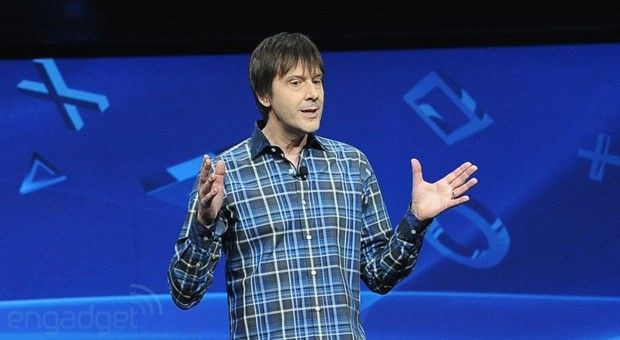PS4 Pro is weeks away from its release date and we’d be lying if we said gamers are totally enthused about it. Sony has tried to make a high-spec PlayStation for its core believers, but it could ultimately hurt the market leader in many ways. Here are five reasons why PS4 Pro was a huge mistake from the start:
1) It’s A Totally Unnecessary Product: Even if you’re a member of the small crowd that’s bullish about the Pro’s 4K features, it’s hard to say this half-step console is a truly necessary product sku. As it stands now, PS4 games have almost always bested Xbox One titles from a performance perspective and that trend will continue with the Xbox One S.
We’ve used other lists to outline a possible audience for the PS4 Pro, but it’s ultimately too small to warrant the research and development into an admittedly complimentary machine. 4K hasn’t tapped the masses enough to make this necessary. Sales show that people still love standard PS4s. In that case, who was this for?
2) Totally Misread The Competition: Every console iteration is designed with competition in mind, but this time Sony got some bad advice from its moles inside Microsoft. The Pro was initially positioned as an alternative to 2017’s Xbox Scorpio, but it’s clear that Microsoft's augmented variation will be substantially more powerful. As opposed to Pro’s simulated 4K, Scorpio will supposedly have enough teraflops to push native resolutions.
What’s more, the PlayStation 4 Pro’s feature and cost does not compare with the Xbox One S. At just $299, the slim Xbox One touts 4K upscaling, HDR and a 4K Bluray drive. The latter of which Sony’s $399 box doesn’t even have. This flanking isn’t quite as bad as Microsoft’s E3 2013 shellacking, but it really takes Sony off its high horse a bit. With no time to turn back, the leader was forced to release a product that’s both feature and cost inferior to everything in Microsoft’s pipeline right now.
3) A Botched Reveal: If there’s anything this console cycle has taught us, it’s that hardware reveals can have a lasting impact on market performance. Xbox One has finally started to recover from the wounds it sustained in 2013, but that wasn’t an easy task for Phil Spencer and company to accomplish.

With that in mind, September’s PlayStation Meeting just wasn’t good. It was a mistake to stream the reveal of a 4K console when the vast majority of viewers were watching at 1080p resolution or less. The conversation was also way too technical to get mainstream consumers on board. In fact, the entire presentation was so drowsy that, even when the actual box was revealed, the audience struggled to clap. PlayStation Meeting brought us back to the years of terrible Sony conferences. It was a mistake that blemished what the Pro means to the average Joe.
4) The Complexity Of Support: Sony made the PS4 an attractive machine very quickly by creating a console that panders to game developers. X86 made porting a much simpler process and its GDDR RAM provided more horsepower than Xbox One.
Usher in the PS4 Pro and the situation is totally different. In order to reap the benefits of the system, developers face two choices: for games already on the market, a patch must be developed and released that costs the studio money. And while the process will be less disruptive to unfinished titles now that the Pro is known, but it still requires additional considerations on top of standard PS4 support. Creators have to not only add 4K textures, but also decide how the Pro’s specs will scale to 1080p environments. Will there be multiple settings modes? Should we even support this at all? It just creates a mess in what was previously advertised as a simplistic ecosystem.
5) It Disrupts Continued Success: Probably the biggest error of the PS4 Pro is that it disrupts a product that was already a huge success. In just three years, PS4 has sold about 45 million units worldwide. Factoring in eventual slowdown. It’s on pace to sell just a shade below the meteorically lucrative PS2. Clearly, the 2013 sku is a product people still want.
The PS4 Pro, on the other hand, is an additional sku on the market that the public never asked for – we touched on this in the first bullet, but it’s worth reinforcing. With the exception of the last few months, PS4 has outsold Xbox One substantially. Why would Sony ever want to disturb those waters at all? It was a mistake to disrupt that pattern with the Pro and maybe that’s why Microsoft’s gaining some ground these days.
PS4 Pro releases on Nov. 10 for $399. For those still on the fence, we’ve made lists of why you should and shouldn’t buy one.
Do you think the PS4 Pro was Sony’s biggest mistake of this generation? Will it even matter? Tell us in the comments section!


















